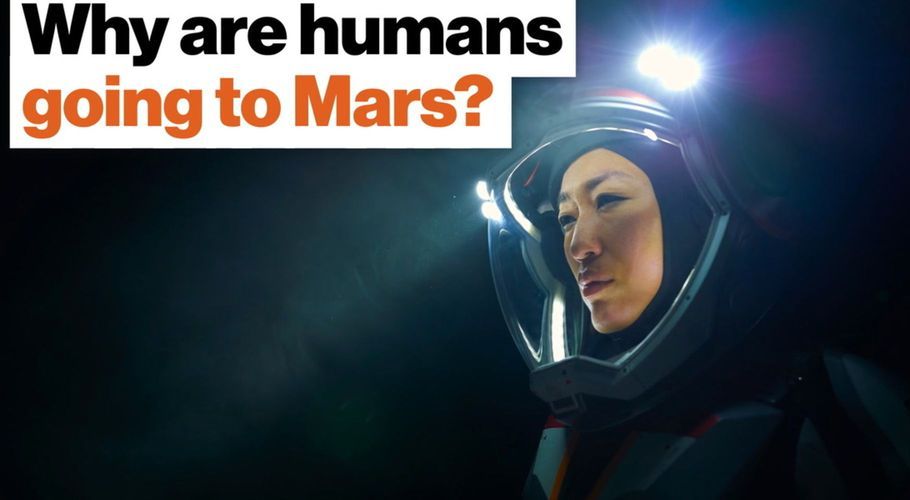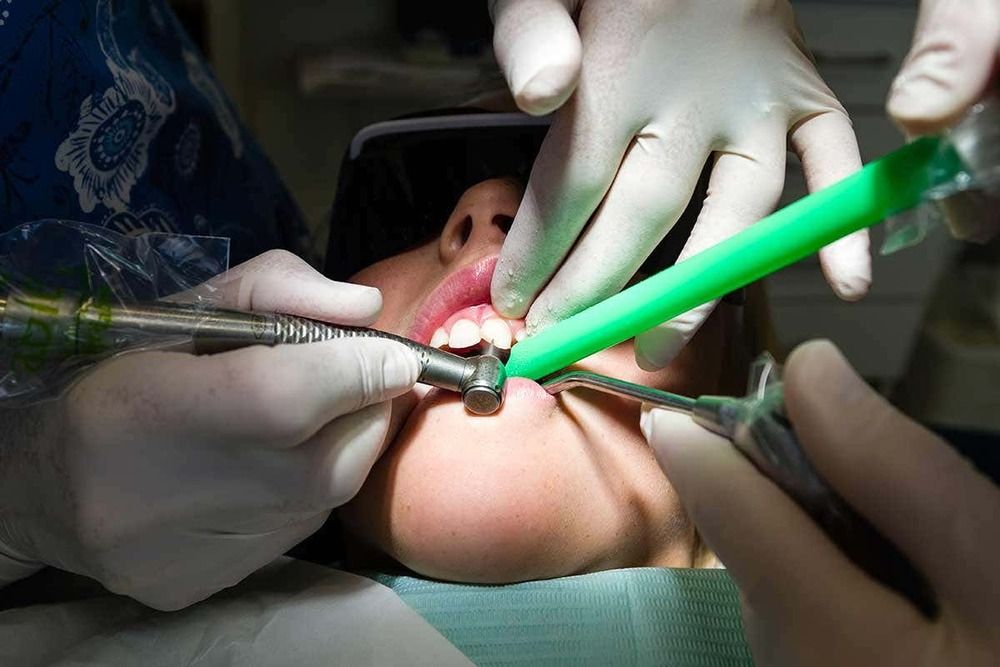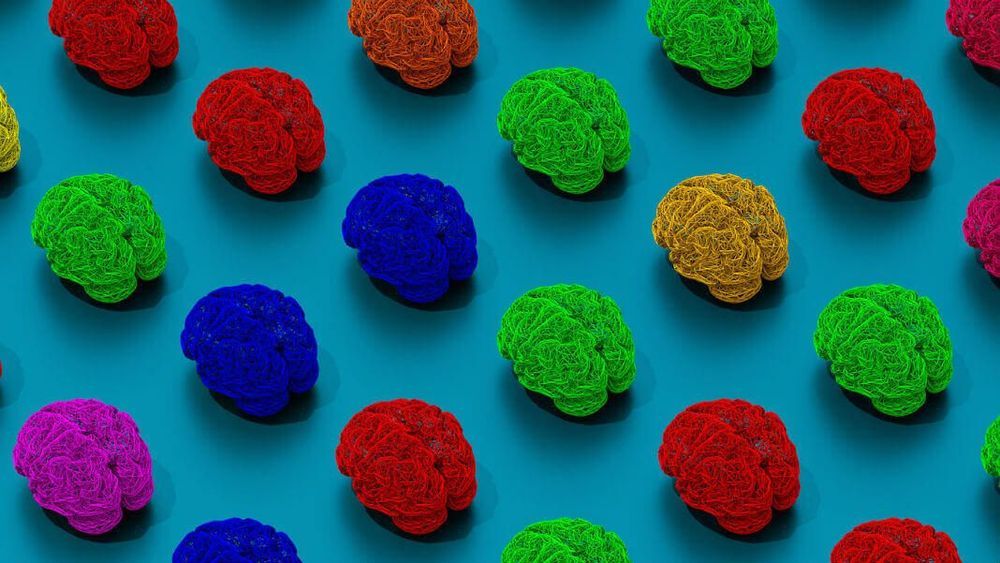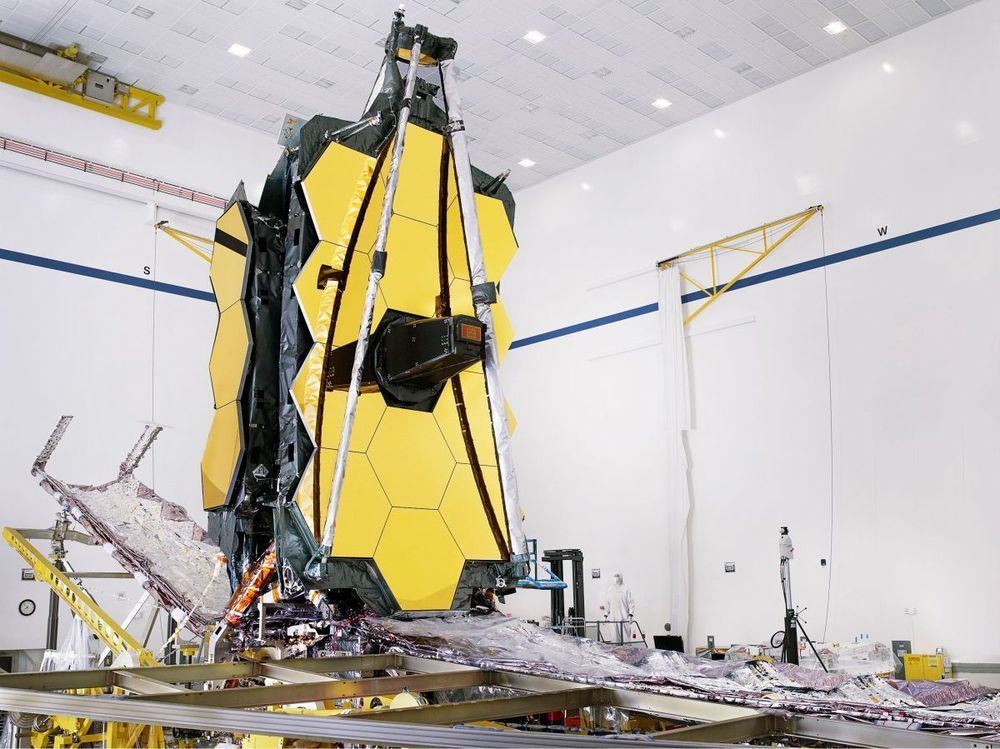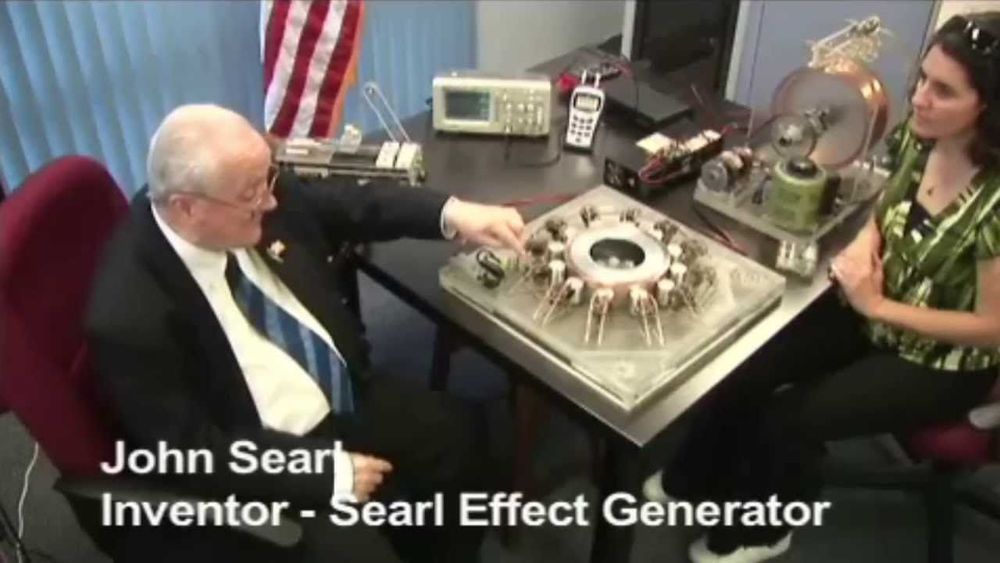The greatest space program spinoff? Human collaboration.
NASA didn’t set out to confirm the feasibility of a seemingly impossible fuel-less thruster design, but it seems they did exactly that.
An Egyptain teenager has patented a next-generation propulsion system that could send spacecraft to other solar systems—without using a single drop of fuel. While it is not quite warp-drive technology, young physicist Aisha Mustafa’s system is based on quantum physics and could see mankind boldly go where no man has gone before.
This proves that anti gravity devices existed even back in 1975.
The wonders of magnetism and the linear motor are captured in this 1975 presentation by Professor Eric Laithwaite (1921−1997) former Professor of Heavy Electrical Engineering at Imperial College London.
The present essay is the third of a group of four communications originally intended for publication in Infinite Energy at Dr. Eugene Mallove’s invitation, and dedicated to the scientific, technological and political problems presented by exotic flight and lift systems in particular those relating to possible control of gravity. We examine the main lines of research into the nature of gravity over the past 6 decades, with a focus on Einstein’s General Relativity and General Theory of Gravitation, quantum-mechanical models of the graviton, Geometrodynamics and the ZPE theories, Van Flandern’s model of gravity, which are contrasted to Aspden’s theory of a dynamic Aetherometric Theory of Synchronicity, Vol. II AS3-II.9.
In the mid-1800’s to the early 1900’s Tesla file for more than 110 patents in varying technologies. From his magnifying transmitter, than uses an air coil or vortex to generate massive voltages, to wireless transmissions of power which Tesla used to prove transmission of data, power, and even lighting a layer of the strata as early as 1900. For this reason many consider Nikola Tesla to be one of the most brilliant scientists the world have ever seen.
Tesla’s dynamic theory of gravity explains the relation between gravity and electromagnetics in the same field. This was due to the presence of aether, also known as ether, which is a space-filling medium that is necessary for the propagation of forces either through electromagnetic or gravitational in nature. In plain English, Aether is the medium necessary for any exchange on these levels. Also, Aether was removed from theory in modern physics and was replaced with more abstract models. In looking at Tesla’s ideas and results; it appears that modern physics is wrong.
In the late 1800’s Tesla presented his Dynamic Theory of Gravity, which was a model over matter, Aether, and energy. Tesla’s version of this medium is closer to the gas theory and has extreme elasticity and a very high permeability. He also felt that Aether was much more common and filled all of the space.
Applying a gel to damaged teeth stimulates the enamel to re-grow – a finding that could stop people from developing cavities that must be drilled and filled.
To most of us, zapping neurons with electricity to artificially “incept” memories, sensation, and movement still sounds crazy. But in some brain labs, that technology is beginning to feel old school. As a new review in Nature Biotechnology concludes: get off the throne, electrodes, there are plenty of other neural probes in town. They dance to the tune of light or chemicals, and in some cases, they’re bilingual.
Here’s a brief tour into the wild west of neural implants. Some require genetic engineering, and because of that have only been proven in experimental animals. But if history is any indication, brain-manipulation technologies don’t tend to stay in the lab. Watch out, you may see some trickling down into potential human use in the next few years.
Engineers have joined both halves of the $9.7 billion James Webb Space Telescope, which is scheduled to launch in March 2021, NASA officials announced today (Aug. 28).
Kostenlos Energie für die gesamte Menschheit und dabei noch umweltfreundlich? Eine solche Maschine könnte die globalen Energieprobleme der Menschheit auf einen Schlag lösen. John Searl, Erfinder aus den USA hat schon vor Jahrzehnten eine solche Maschine vorgestellt und seine Geschichte liest sich wie ein Hollywood Streifen. Nicht nur, dass Searl DIE Methode gefunden haben soll, um kostenlos saubere Energie zu erzeugen, auch mit dem US Militär geriet der Erfinder a la „Staatsfeind Nummer 1“in Konflikt, die alle seine Arbeiten und Prototypen des Searl Effect Generators zerstört haben sollen. Wahrheit oder Spinnerei? Heute ist John 82 Jahre alt und hat noch ein großes Ziel: Die Energiemonopole zu stürzen um der Welt für den Rest aller Tage kostenlos Energie zur Verfügung zu stellen und dabei gleichzeitig seinen Dokumentarfilm auf DVD zu verkaufen. Worum es bei dem Searl Effect Generator geht und weshalb das US-Militär John´s Entwicklungen zerstört haben soll lest und seht ihr in diesem Beitrag bei uns auf Trends der Zukunft.
